Now You Sea
Turtle Rehab With Lewa
As a visitor or Local Ocean Conservation (LOC) staff member, no one is hoping to see a sea turtle when they enter the Turtle Rehabilitation Centre (TRC). It is hard however, to quell the hope that in one of the cement tanks there’s a turtle making slow laps, munching on seagrass or taking a bubbly breath at the surface. While you might not see a turtle, you have a good chance of being cheerfully greeted by Lewa Kadenge, the TRC manager. Lewa started his working life at LOC as a beach monitor in 2010; in 2015 he moved into his current role at the TRC and has been caring for sick and injured turtles ever since, with the aim of returning them back to the ocean as soon as they are healthy.
The TRC opened in 2003 as a partner initiative to our bycatch programme, to care for bycatch turtles requiring medical attention. It is the only sea turtle rehab centre of its type in East Africa.

When asked about what ailments bring turtles to the TRC Lewa highlighted fibropapillomatosis. He says “It’s a disease that normally affects the green turtle, but we have also had critically endangered hawksbills with this disease. You will find the turtle having lots of tumours on the soft tissue of the body. It is difficult for us to know if it is present internally; if it is, we cannot treat the turtle, which is very sad.” While the exact cause of the disease is unknown it appears to be linked to rising levels of pollution in the ocean. If the tumours haven’t spread too much, Lewa calls the vet who comes to cauterize the tumours so the turtle can be released back into the ocean once healed. Other afflictions include plastic ingestion, fishing net/hook injuries, barnacle infestations and boat propeller injuries. The rehab centre has even had cases with shark bite injuries!


Despite working hard to try and save every turtle, Lewa does have some favourites that he has helped. He remembers, “We had a hawksbill turtle once, she was the size of a small plate when she first came to us. We called her Kasumni, (meaning half a shilling in Swahili) because she was so small. She lived in one of the big tanks. Kasumni was my favourite because I had this turtle for over 5 years. Because she had a spinal cord deformity, she used to swim around in circles.” After consulting with world experts, we decided to try and see if we could make her well. Over time the deformity rectified itself and we wanted her to be free. Kasumni was fitted with a satellite tag and released. She swam very far, into Tanzanian waters and then back to Kenya. Sadly 3 months later, she drowned in a ring net near Diani. Many turtles died in these nets at that time. It was very, very sad. We brought Kasumni home and is buried near the TRC.
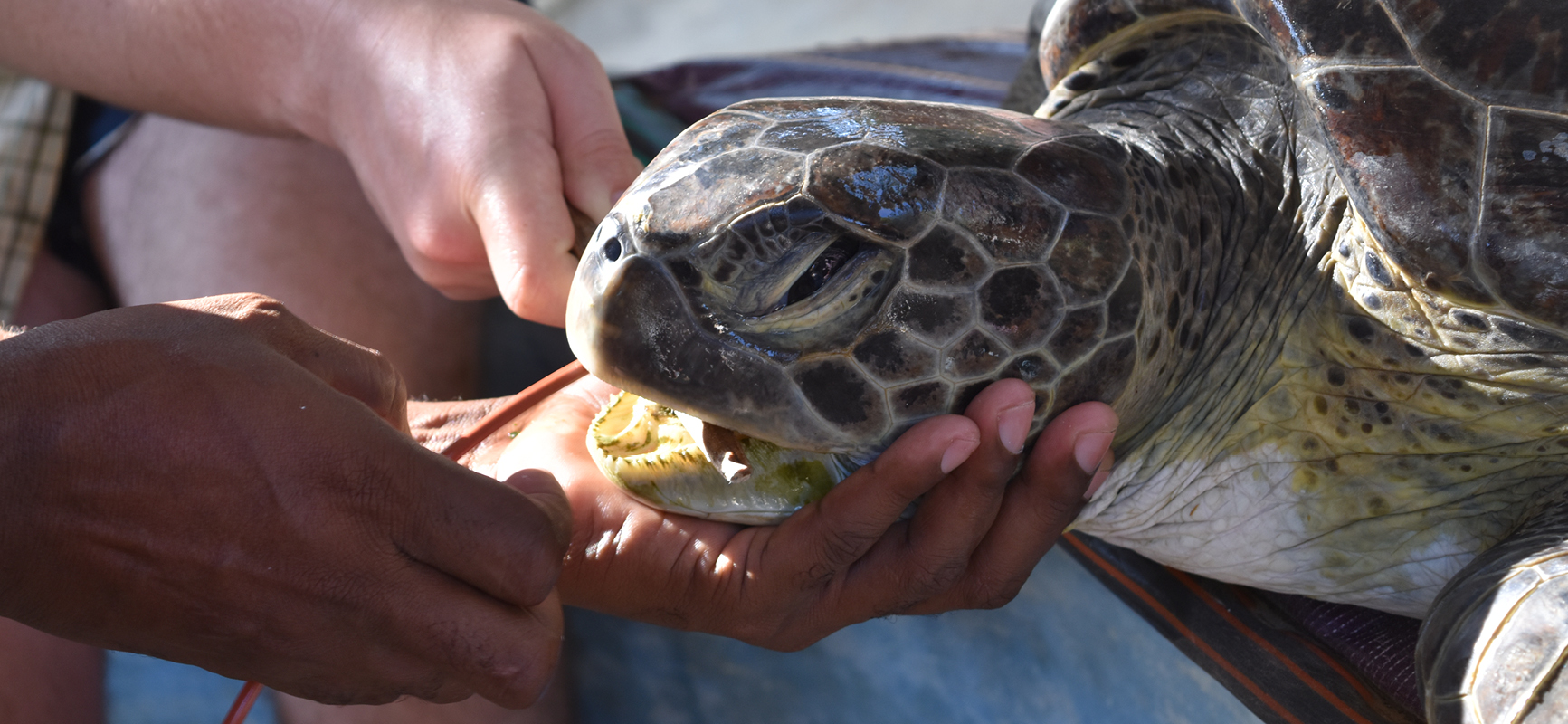


A happier story is that of Referenda, a green turtle who was admitted in 2011 suffering from weakness and inability to eat or dive. “We took her for x-rays and kept her on medication. When it came to feeding, as she got better, she ate lots of seagrass!” recounts Lewa. The team took Referenda out for many ‘sea baths’ to get her fit again; we take our patients into the ocean on a lead and allow them to swim freely, watching to see if they can dive, feed and know their direction of travel well. It also gets them fitter, in preparation for their release. When Referenda could finally dive under and passed all the tests, we let her go. “We released her successfully and up to now I haven’t seen her again” says Lewa. It’s an odd job to build a relationship with a turtle then hope to never see it again upon release, but Lewa says that if he does see one again, he’d want to see it “very healthy, not back in the TRC.”
Overall, Lewa is very proud of the work he does. He says that the releases are wonderful moments, “I feel proud, the whole time I’ve been handling this turtle with respect, and then finally when we release them, I feel like I’ve done something that’s a success.”
You too can get involved by supporting Lewa and the TRC team so that they can continue to care for sick and injured turtles and share their knowledge with other turtle clinics around the world. Now You Sea a way to help, click here to show your support.




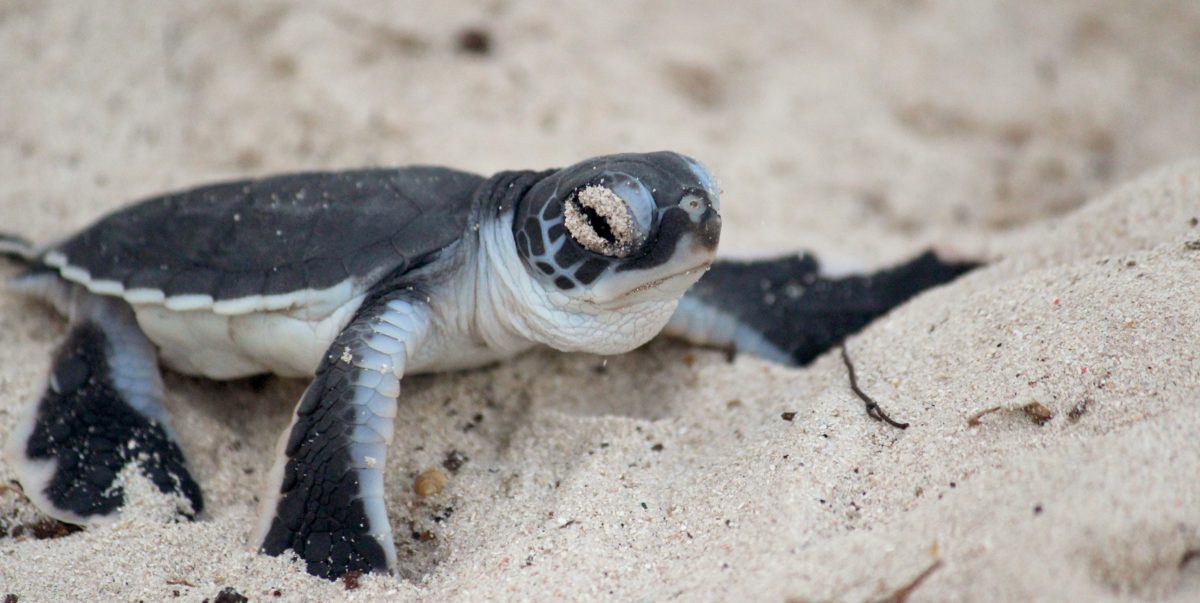
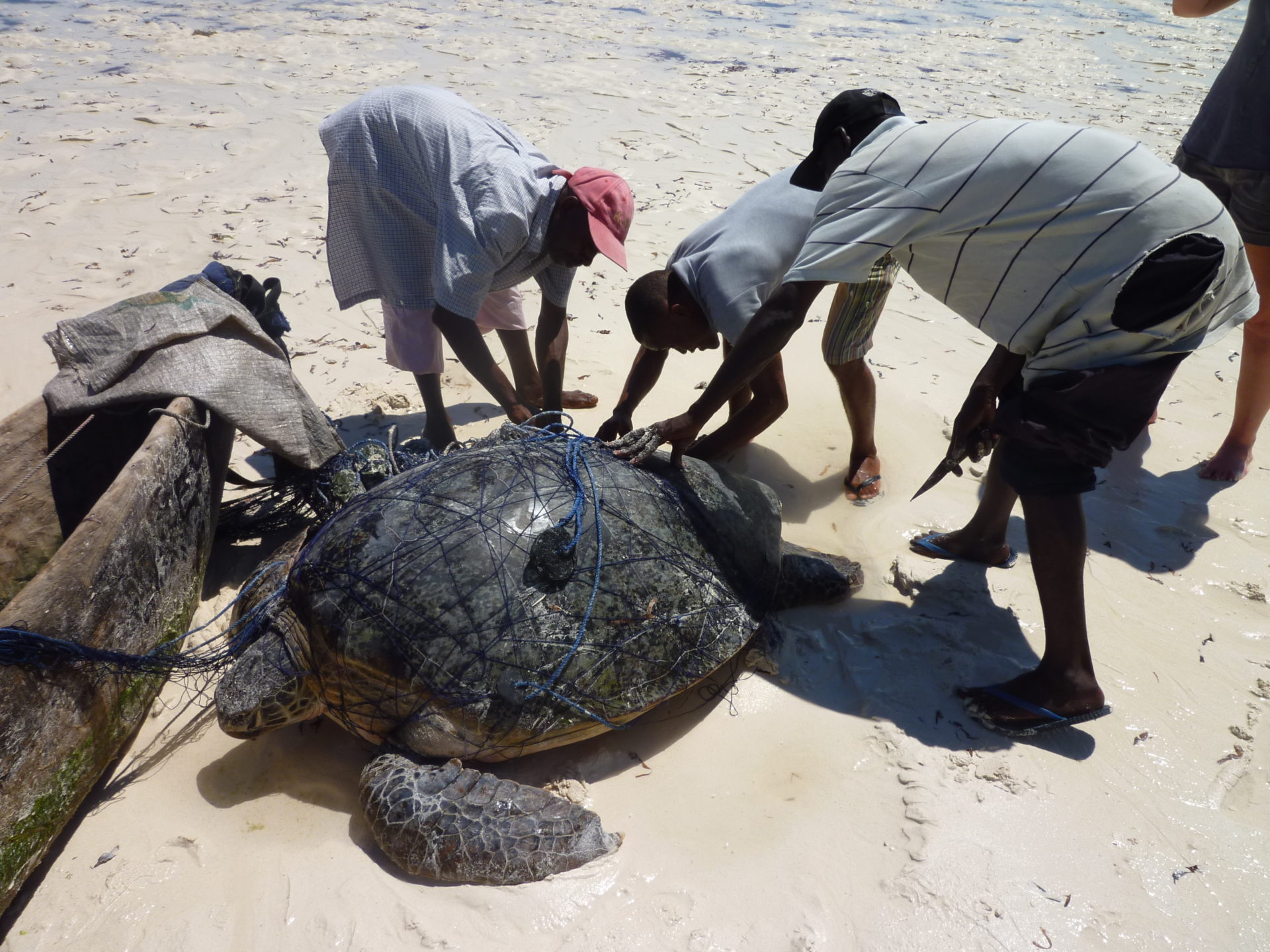

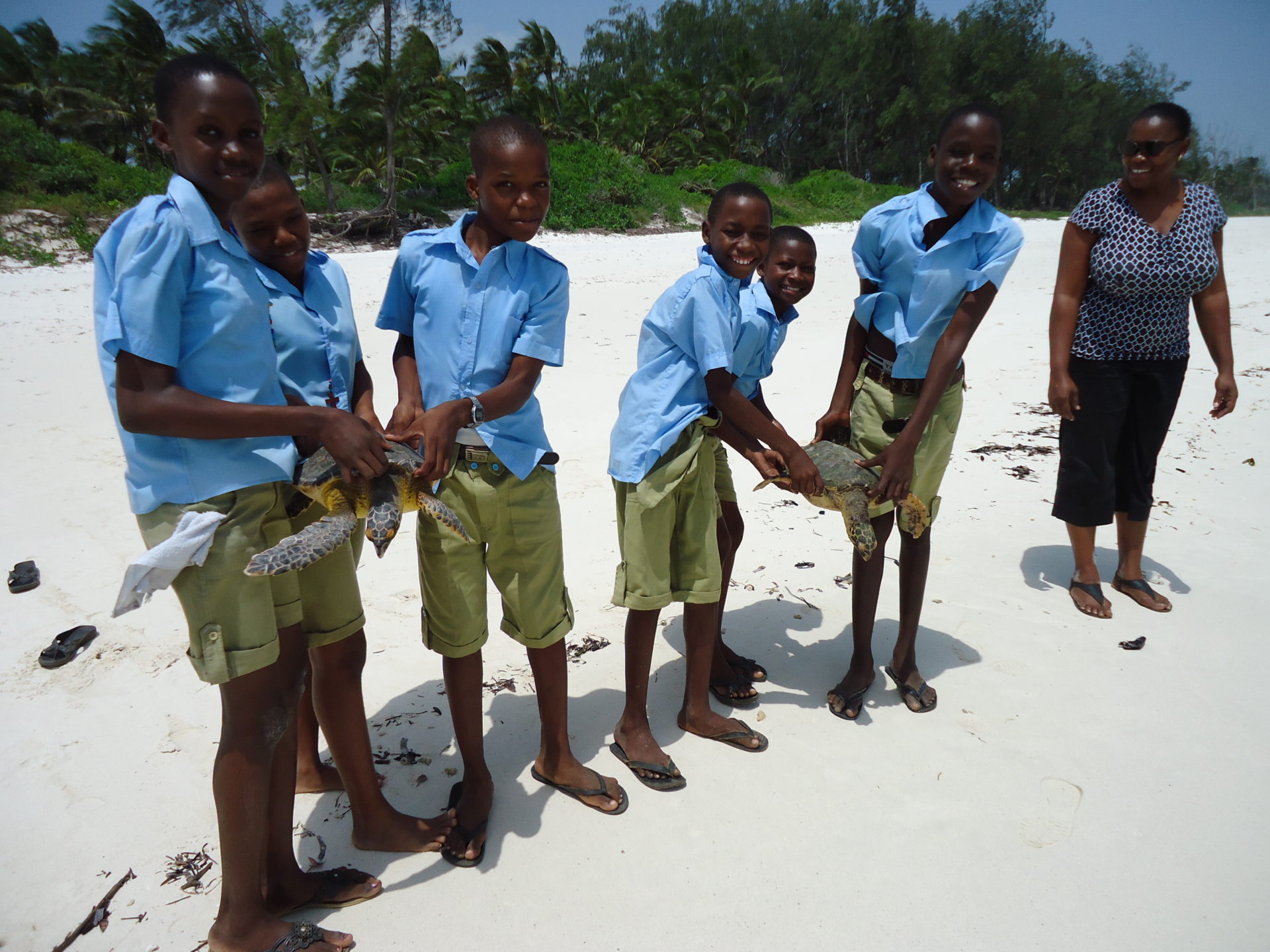
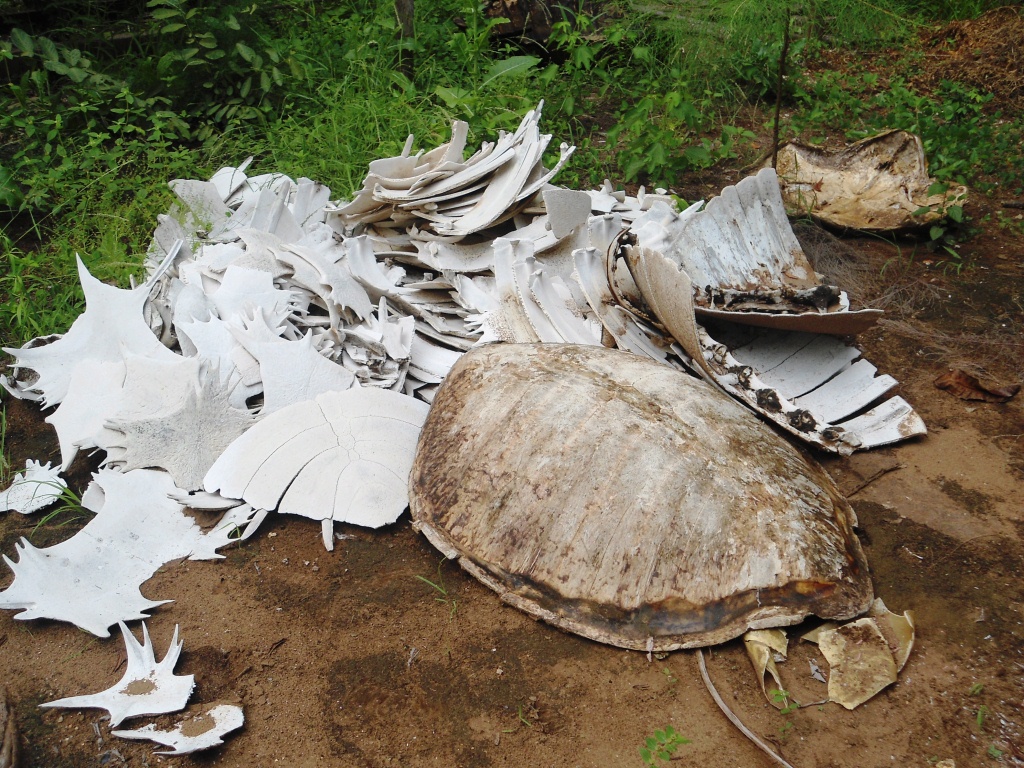
Leave A Comment